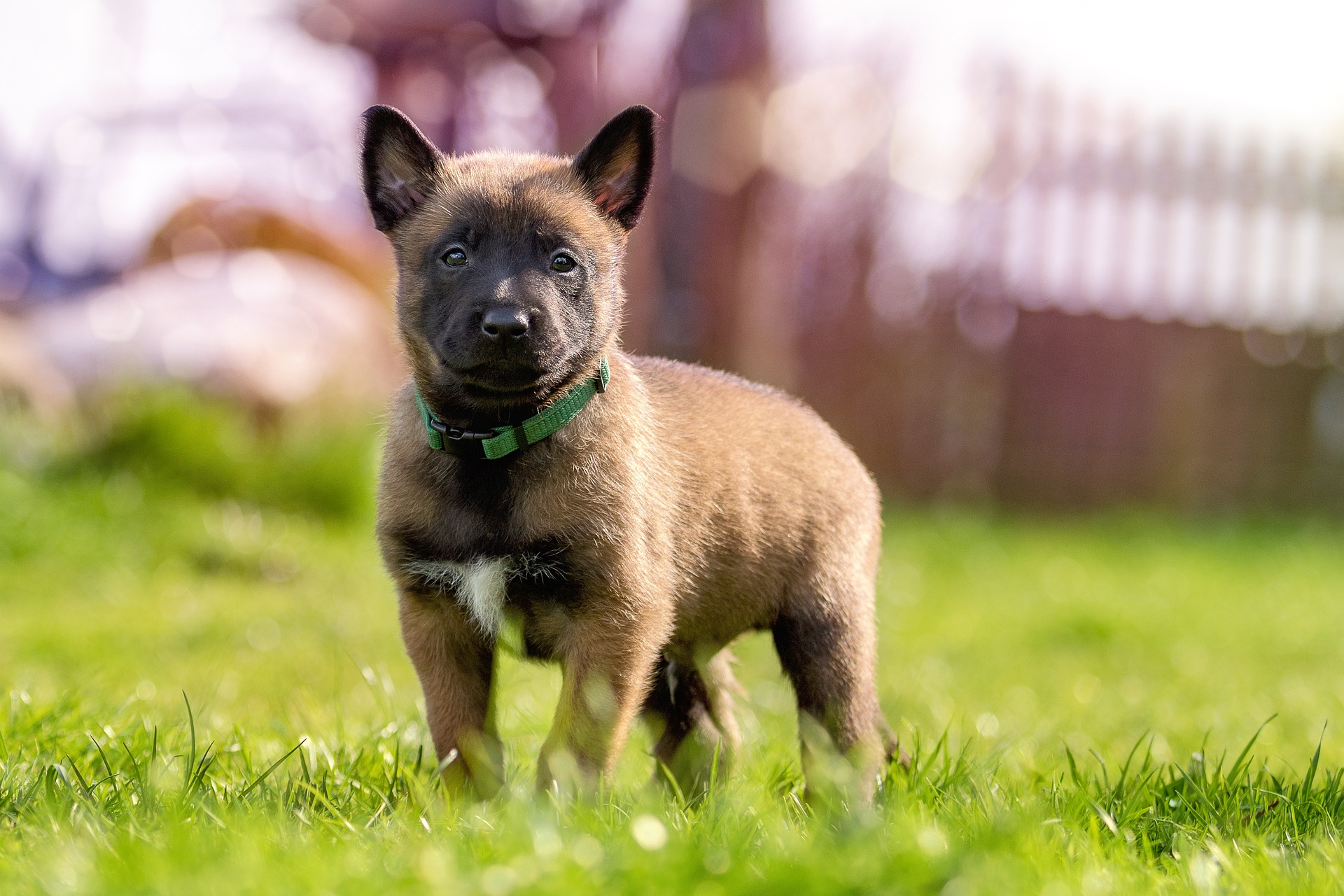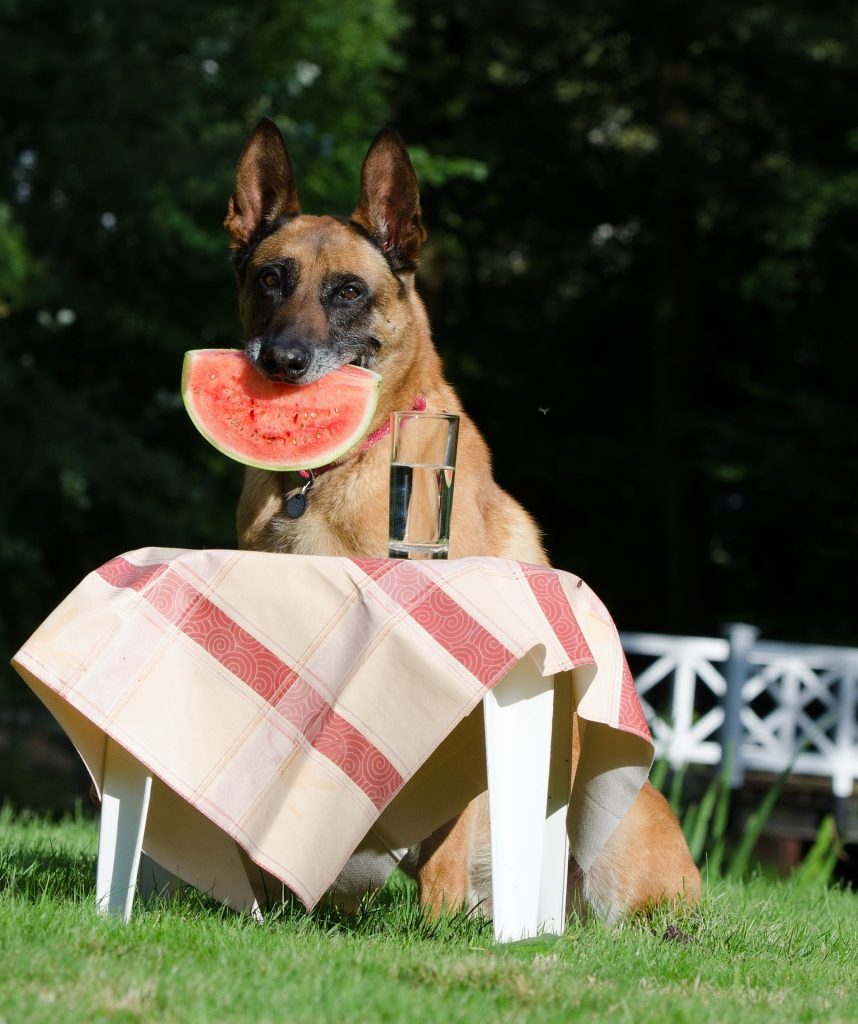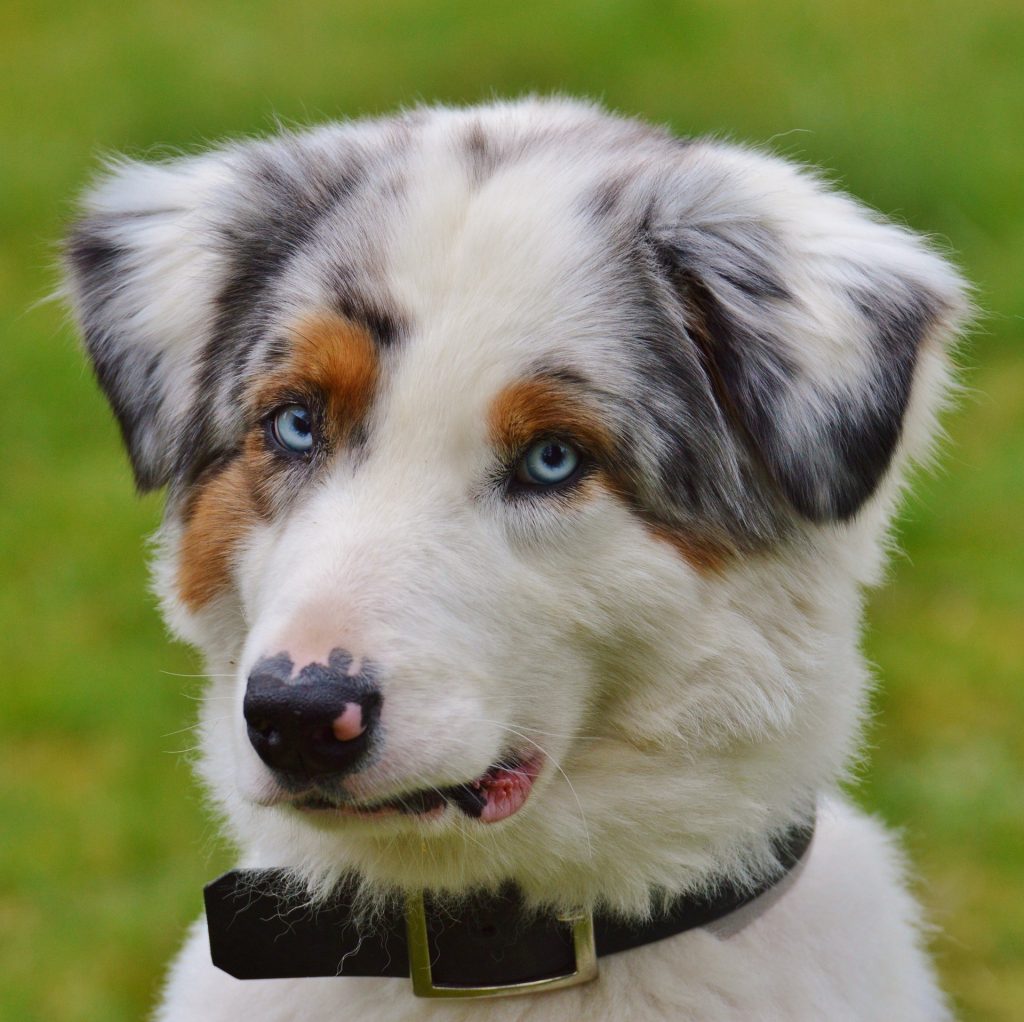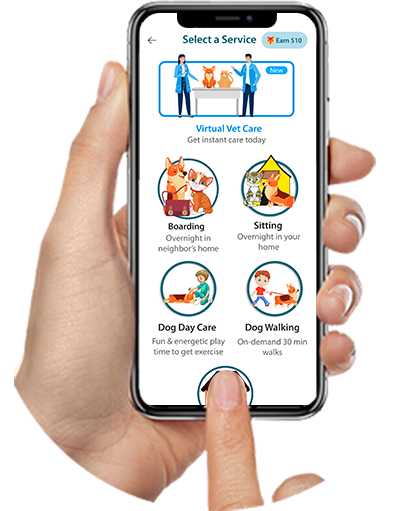Cataracts in dogs, a condition that affects the lens of the eye, is a significant concern for many pet owners and veterinarians. This ocular disorder, characterized by a clouding of the lens, can lead to a progressive loss of vision and, if left untreated, potentially result in blindness. Understanding cataracts in dogs involves delving into the anatomy of the eye, the causes and risk factors associated with this condition, its symptoms, diagnostic methods, and available treatment options.
Symptoms of Cataracts In Dogs
Identifying cataracts early can be challenging, as symptoms may develop gradually. The most noticeable sign of cataracts is a visible change in the eye’s appearance. The lens may appear cloudy or opaque, sometimes described as a “milky” or “bluish” coloration. This cloudiness is due to the accumulation of lens proteins that interfere with light transmission.
Owners may also observe behavioral changes in their dog, such as increased bumping into objects, difficulty navigating familiar environments, or reluctance to engage in activities that require good vision. Affected dogs might also exhibit changes in their response to visual stimuli, such as decreased interest in fetching or playing.
If cataracts progress, the dog’s vision may deteriorate further, leading to complete blindness. In advanced cases, the cataract may become complicated by secondary conditions such as lens luxation or inflammation, exacerbating the vision impairment and causing additional discomfort.
Causes of Cataracts :
Cataracts in dogs can develop due to a variety of causes. Genetic predisposition is a notable factor, especially in certain breeds known for their hereditary cataract conditions. Breeds such as the Labrador Retriever, Cocker Spaniel, and Boston Terrier are particularly prone to developing cataracts, often due to inherited genetic mutations.
Diabetes mellitus is another significant risk factor for cataracts in dogs. In diabetic dogs, high blood sugar levels can lead to the accumulation of sorbitol and fructose in the lens, causing it to swell and become cloudy. This condition, known as diabetic cataract, can develop rapidly and lead to severe vision impairment.
Other potential causes include traumatic injury to the eye, inflammatory conditions such as uveitis, and exposure to certain toxins or drugs. Aging is also a factor, as older dogs may develop cataracts due to the natural degeneration of the lens over time. While age-related cataracts tend to develop slowly and are less aggressive, they can still significantly affect a dog’s quality of life.
Treatment Advice
Treatment for cataracts in dogs depends on the severity of the condition and its impact on the dog’s quality of life. In some cases, where the cataract is minor and not significantly affecting vision or causing discomfort, a conservative approach with regular monitoring may be appropriate. However, if the cataract is causing significant vision loss or other complications, surgical intervention is often recommended.
Cataract surgery for dogs is a well-established procedure and involves the removal of the opaque lens and its replacement with an artificial intraocular lens (IOL). This surgery is typically performed by a veterinary ophthalmologist and requires general anesthesia. Post-operative care is essential to ensure proper healing and to prevent complications such as infection or inflammation.
In addition to surgery, management of underlying conditions like diabetes is crucial for preventing the recurrence or progression of cataracts. Regular follow-ups with the veterinarian will help monitor the health of the eye and address any concerns promptly.
Preventative Measures
Routine veterinary examinations are essential for the early detection of cataracts and other potential health issues. A balanced diet rich in essential nutrients supports overall eye health. Ensure that your dog’s diet includes antioxidants such as vitamins C and E, which help protect the eyes from oxidative stress. Preventing trauma to the eyes can help reduce the risk of cataracts caused by injury.Maintaining general eye health is crucial in preventing cataracts and other eye issues.
Conclusion
Cataracts in dogs, while a serious condition, can be managed effectively with prompt diagnosis and appropriate treatment. Understanding the causes, symptoms, and treatment options available empowers dog owners to seek timely veterinary care and improve their pets’ quality of life. Advances in veterinary ophthalmology continue to enhance the outcomes for dogs with cataracts, offering hope for preserving vision and ensuring that affected dogs can continue to lead happy, fulfilling lives.




 Unlimited access and follow ups for continuous pet care
Unlimited access and follow ups for continuous pet care 










